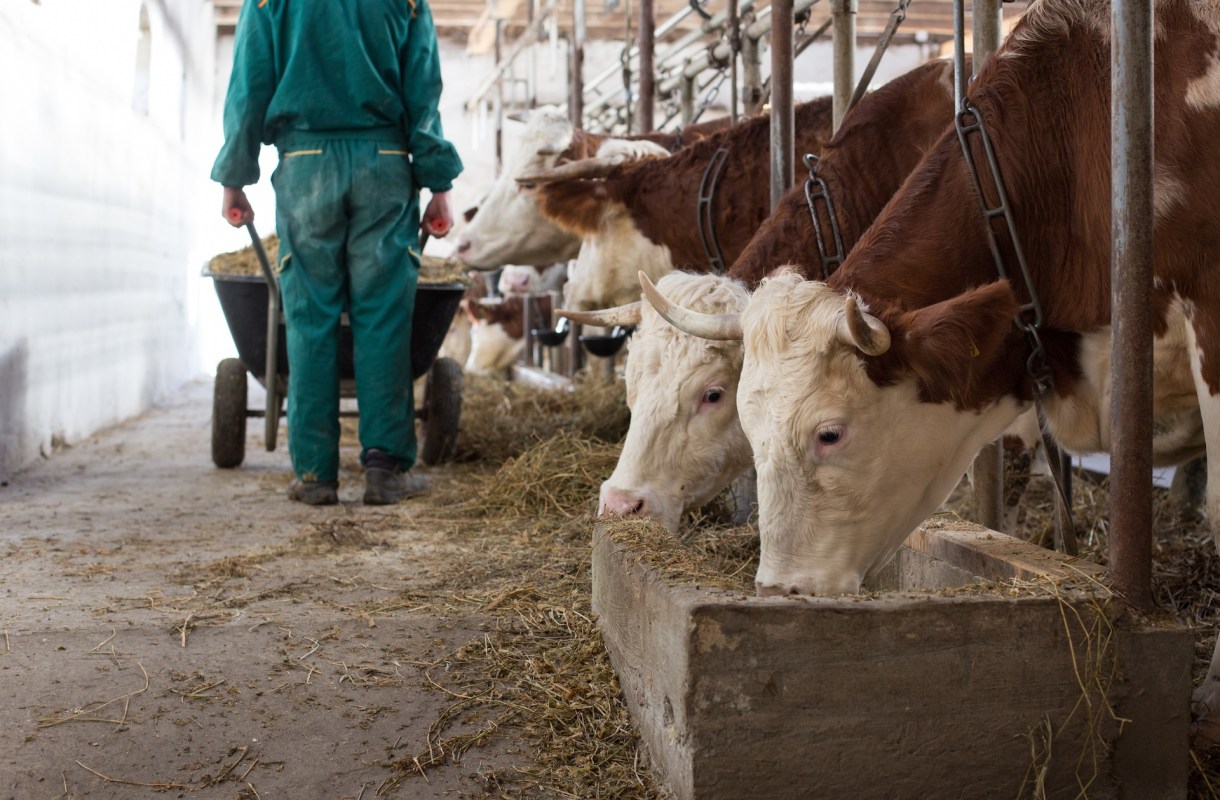Health officials are closely monitoring the H5N1 strain of avian influenza after a person in Texas contracted the virus after being in direct contact with dairy cattle.
What's happening?
As detailed by Inside Climate News, the H5N1 virus has ravaged the poultry industry, with farmers losing around $1 billion in revenue as their flocks were euthanized to prevent the spread of the virus.
Until Mar. 25, though, the U.S. Department of Agriculture hadn't confirmed the H5N1 strain in dairy cows. Cases have now been detected in herds in Texas, Kansas, and New Mexico, which surprised some scientists.
"The fact that they are susceptible — the virus can replicate, can make them sick — that is something I wouldn't have predicted," St. Jude Children's Research Hospital influenza virologist Richard Webby told the New York Times.
On Apr. 1, Texas Health and Human Services announced that a person who had been in contact with dairy cattle had been infected with a case of avian influenza, raising concerns about what it could mean for public health and the sector.
In their release, Texas officials noted this is the second known case of H5N1 in humans. However, it's the first infection linked to dairy cattle, according to the Centers for Disease Control and Prevention.
Why is this important?
In addition to causing heartbreak for farmers, as well as leading the cost of staples like eggs to skyrocket, the H5N1 flu has already been making devastating rounds in the animal world, including in the United Kingdom, where certain types of seabirds have been decimated.
Large numbers of southern elephant seals have also been catastrophically killed in Argentina, according to one study.
Researchers believe that changing global temperatures may be contributing to the spread of H5N1, as migration periods are happening at new intervals, as detailed by Inside Climate News.
Basically, per the outlet, species of birds that wouldn't typically interact are now coming into contact with one another, increasing the potential for viruses to spread to new animal populations — and, ultimately, humans.
"As animal outbreaks increase, the risk of spread to people can also increase, along with opportunities for viral reassortment that can enhance transmissibility of avian influenza viruses," the CDC explains.
What is being done about H5N1?
The Texas individual infected with the virus only had eye redness and will recover, according to the CDC, which noted the person was treated with flu antivirals and instructed to isolate. The agency called the risk to the public "low" in its latest assessment of the situation.
Researchers are working on a solution to limit the spread of H5N1 in animals, with virus-resistant gene-edited chickens among the potential developments. A vaccine has also been tested on select California condors with success, according to the U.S. Fish & Wildlife Service.
Meanwhile, the exact connection between the spread of H5N1 and our warming planet is still being investigated, but the primary cause of rising temperatures is clear: dirty energy.
Unplugging appliances when they aren't in use and taking public transportation are two money-saving ways to work toward a healthier planet.
And if swapping your gas-powered vehicle for an electric model isn't immediately possible, making sure you're operating your gas-glugger more efficiently will still eliminate thousands of pounds of carbon pollution over 10 years.
Join our free newsletter for weekly updates on the coolest innovations improving our lives and saving our planet.









